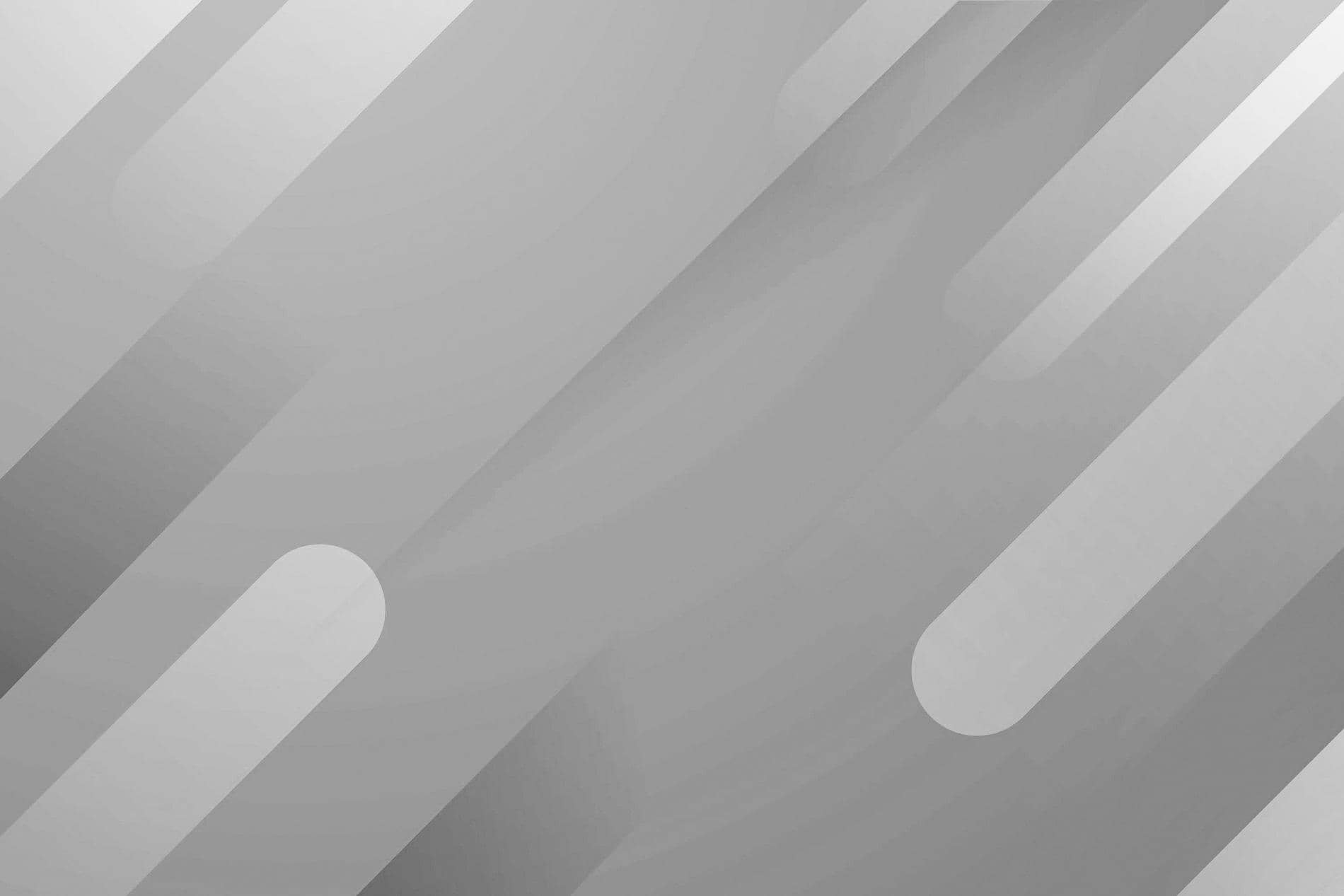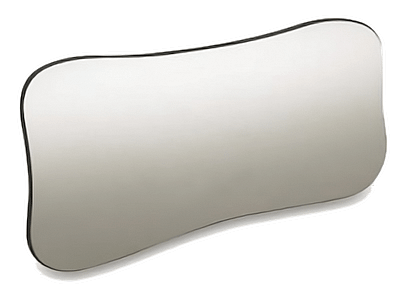
The best dental photography mirror materials: Metal vs. Glass
At a bare minimum, you need a good set of mirrors and retractors. So let’s talk about mirror materials.
Dental mirrors come in all sorts of sizes, shapes, and materials, and it can be daunting trying to pick the best one. A quick Google search results in a wide variety of choices. There are mirrors with handles, metal mirrors, glass mirrors, and even mirrors with fans attached to prevent fogging! Whew!
I’m going to make it easy and start by saying that you can forget about the metal mirrors. Metal mirrors are made of polished stainless steel and while that may sound durable they are actually the softest material. They are also the least reflective so metal mirrors will scratch easily and produce a slightly darker image compared to glass mirrors. ‘Nuff said!
Already using metal mirrors?
The benefits of glass mirrors for dental photography
Selecting the right shape dental photography mirrors
You also need to consider two basic shapes. One for full arch occlusal views and one for buccal/lingual views.
The best occlusal mirror (and only one in my humble opinion) is the 4xl Adult Occlusal:

It is a rhodium-coated front surface, double-sided mirror that measures 5 1/2″L x 2 7/8”W. Avoid the smaller versions of this mirror because they are impossible to hold without getting your fingers in the picture. The added length of the 4xl version is very easy for you or the patient to hold while providing a large viewing area.
Riofoto is one of the main manufacturers of these mirrors and a list of distributors for them can be found here.
The other most common shapes are the buccal and lingual:


I’m partial to the “S” shaped lingual mirror because it is easier to place for lingual views. The smaller end is designed to dip down past the teeth to enable it to be easily placed in the mouth for a good lingual view of the teeth (thus the name). The round end of the buccal mirror can be used the same way but is a bit larger and can be hard to position in smaller mouths.
The longer narrow portion of both mirrors is designed to provide a view of the buccal corridor by placing the end of the mirror near the soft tissue behind the molars and gently retracting away from the mouth.
Proper placement of each looks like this:


Fog-free dental photography tip
So there you have it! I’ll leave you with a quick tip for fog-free images. Keep your mirrors on a heating pad which is covered with a sterile cloth. The warm mirror will stay fog-free for almost a full minute of shooting and with a bit of practice, that will be more than sufficient for you to capture a textbook dental image! If you don’t have the heating pad, a mixing bowl with warm water will do the trick!
Happy shooting!

The Canon SX70 HS Dental Kit
The Canon SX70 is the latest in a long line of compact cameras that work beautifully for Dental Photography. In this kit, two easily accessed custom settings are pre-programmed to make foolproof, professional quality dental images.

